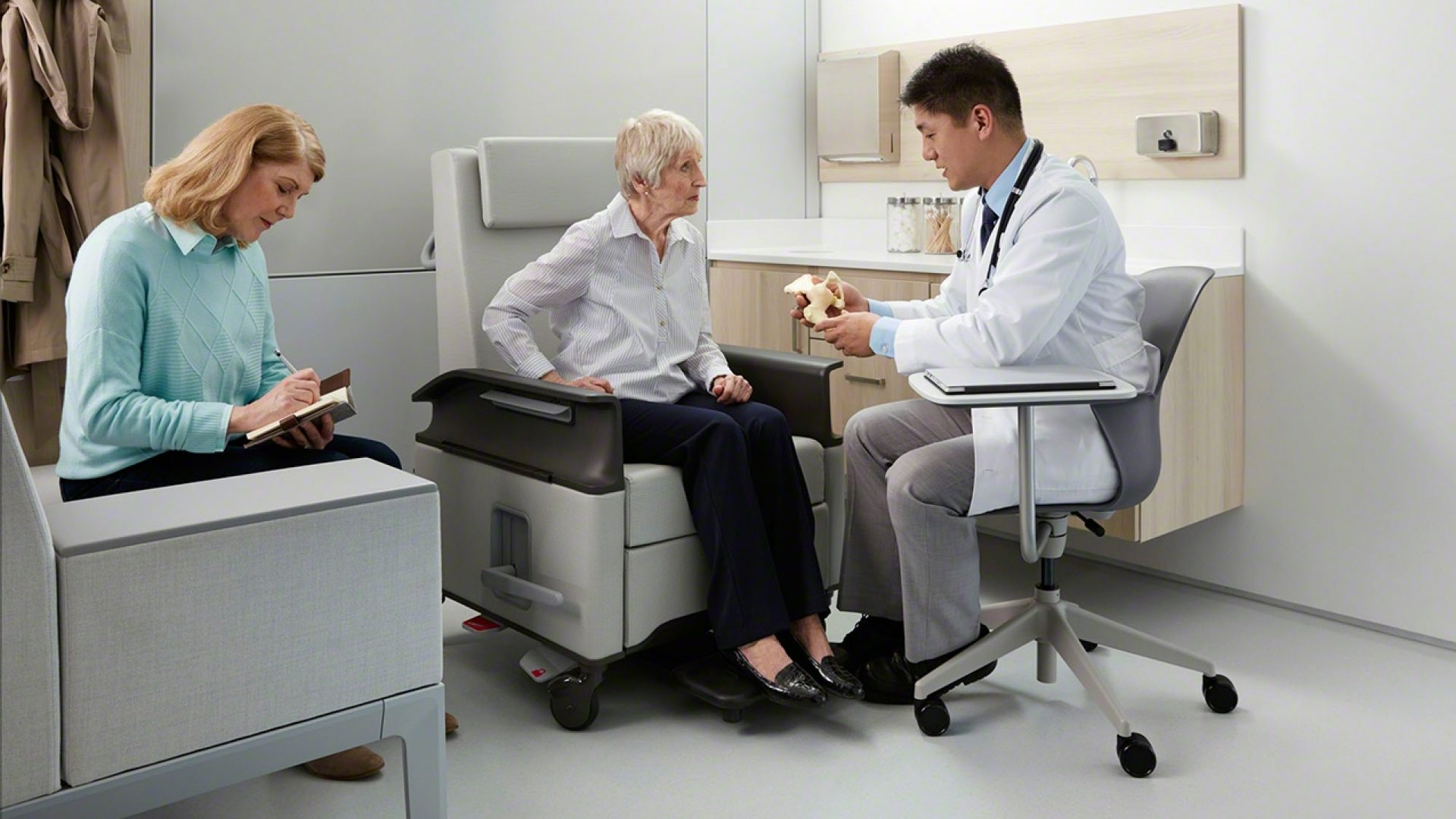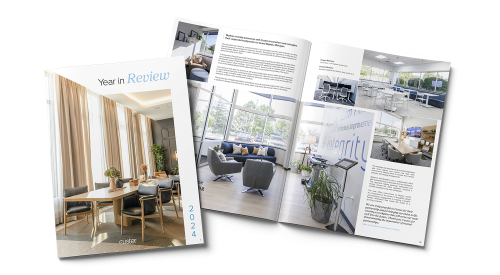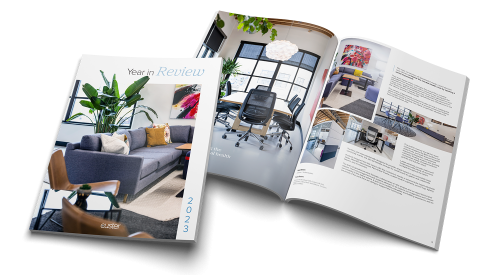- Blog
- New Solutions to Prevent Healthcare-Associated Infections
New Solutions to Prevent Healthcare-Associated Infections

As any healthcare professional will tell you, the hospital isn’t only a source of healing and medicine. Unfortunately, the hospital can also be a source for healthcare-associated infections (HAIs). According to the Centers for Disease Control and Prevention, on any given day, about one in 25 hospital patients has at least one healthcare-associated infection. These infections arise while patients are receiving treatment for medical or surgical conditions. Many HAIs are preventable; in fact, significant reductions in healthcare-associated infections between 2009 and 2014 have been reported recently. In a continual effort to prevent and treat HAis, hospitals are looking to furniture and upholstery manufacturers as well as advancements in technology.
As facilities progress with prevention techniques, great attention is being paid to the fabrics, finishes, and cleaning solutions used in the hospital environment. Antimicrobial cleaning solutions such as quat provide a wide spectrum of cleaning capabilities, but are also hard on upholstery. In some cases, our local healthcare customers are seeing a significant decrease in furniture life because of corrosion due to cleaning products. Thankfully, upholstery manufacturers are responding. Manufacturers including Maharam, Carnegie, Momentum, Designtex, CF Stinson, and Knoll all provide quat-tested fabrics that have stood the test of chemicals and cleaning products, thereby saving hospitals costs on furniture.
Other surface materials are being altogether cut from the healthcare setting. For example, when wood is scratched or gouged, it creates a hard-to-clean fissure where bacteria can grow, which in turn leads to greater risk of healthcare-associated infections. As such, wood has been largely replaced by metal for easier cleaning.
While cleaning solutions like quat have evolved to disinfect an array of surfaces, this product and others require several steps to be effective: spraying, waiting, then returning to wipe them down. Staff don’t have long to clean a room between patients, which means that they may have to skip a step to accommodate a patient sooner. Addressing this obvious issue, facilities are employing the future for their cleaning needs: programmed cleaners like the NextGen UV robot. Fully automated, the germ-killing UV robot measures room and environmental conditions such as room size, temperature and humidity to determine the appropriate UV dosage, then floods the room with disinfecting UV light. In a peer-reviewed study in the American Journal of Infection Control, one study found that UV light distributed by a decontamination unit dramatically reduced HAIs by 34%. This mode of cleaning will continue to be monitored through careful observation and research, but the existing options already prove to be an effective and timely option.
Preventing healthcare-associated infections is one of the key solutions to providing quality care. Because while effective cleaning solutions and extending the life of fabrics and finishes is of significant importance, of the greatest importance is effective care and extending the life of patients.
For more healthcare solutions and insights, click here.


